HotSpots H2O, July 30: Despite Ceasefire, Shelling Continues to Damage Water Infrastructure in Eastern Ukraine
The Rundown
Water infrastructure and the environment continue to be at risk in the battle in eastern Ukraine between government forces and pro-Russia separatists. On July 1, a ceasefire was declared between the warring parties to protect civilians harvesting grain. Even so, a projectile fragment was found at the Donetsk Filter Station (DFS) on July 16. Then on July 25 the station was hit by nighttime shelling, and one shell landed near a large tank of drinking water. The DFS, which supplies more than 350,000 people in the Donbas region, has been damaged several times in recent years.
The Donbas region of eastern Ukraine, which borders Russia, is also grappling with increased water pollution. For decades, Donbas has been a cornerstone of Ukrainian coal mining and chemical and metal production. Before conflict began in 2014, toxic waste was widespread in the region, but fighting has worsened the problem by destroying infrastructure. The Don River, a major water source, is now even more tainted.
“Donbas is on the precipice of an ecological catastrophe fueled by air, soil and water pollution from the combustion of large amounts of ammunition in the fighting and flooding at industrial plants. There is an urgent need for ecological monitoring to assess and minimize the environmental risks arising from the armed conflict.” –Dr. Leila Urekenova, a UN Environment Programme Analyst, speaking on the widespread pollution in Donbas.
By The Numbers
378,983 People served by the Donetsk Filter Station, according to May 2018 statistics. In April, five of the station’s employees were shot and injured, leading to a temporary suspension of operations.
57 Number of water, sanitation, and hygiene (WASH) incidents reported in eastern Ukraine in 2018.
10 WASH incidents that took place in June, according to the most recent report by the United Nations Office for the Coordination of Humanitarian Affairs (OCHA).
7 percent Proportion of funding that OCHA has received for the WASH section of its 2018 Humanitarian Response Plan. According to the plan, $29.9 million is needed to improve WASH conditions throughout eastern Ukraine, but only $2 million has been obtained.
530,000 hectares (1.3 million acres) Land that has been altered, damaged, or destroyed by fighting, including 150,000 hectares of forest. The devastated forests played a crucial role in protecting the region’s waterways.
On The Radar
UN Environment is working alongside communities to improve environmental conditions. The agency is emphasizing proactive, long-range attempts at protecting the country’s land and water.
Resources and Further Reading
In context reporting from Circle of Blue: HotSpots H2O, March 19: Spotlight on Eastern Ukraine
Contact Group on Ukraine crisis agree on new ceasefire from July 1 (Xinhua)
Ukraine: Humanitarian Snapshot (OCHA)
Ukraine’s Donbas bears the brunt of toxic armed conflict (UN Environment)
WASH Cluster Incident Report No. 141 – 16/07/2018 (Relief Web)
WASH Cluster Incident Report No. 142 – 25/07/2018 Location: Yasynuvata rajon (Donetsk NGCA) (Relief Web)
Water supply to 345,000 people in eastern Ukraine at risk as Donetsk Filter Station stops operations (Relief Web)
Kayla Ritter is a recent graduate of Michigan State University, where she studied International Relations and Teaching English to Speakers of Other Languages. She is currently based in Manton, Michigan. Kayla enjoys running, writing, and traveling. Contact Kayla Ritter

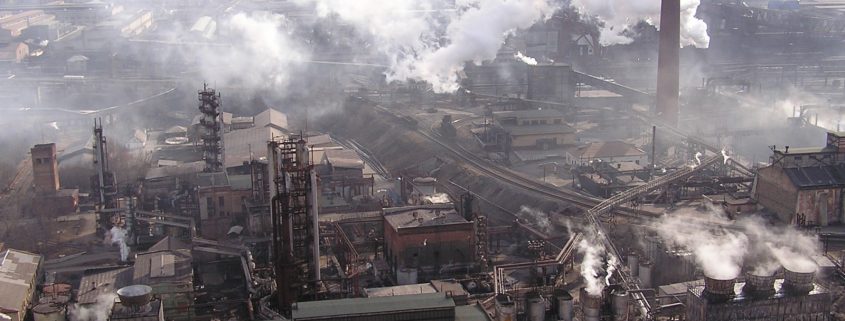

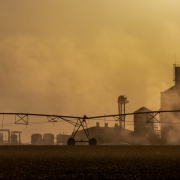
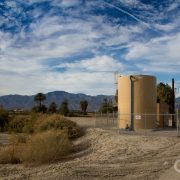
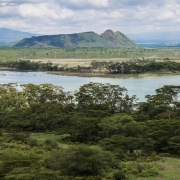


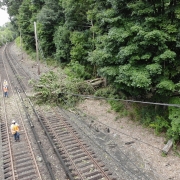




Leave a Reply
Want to join the discussion?Feel free to contribute!